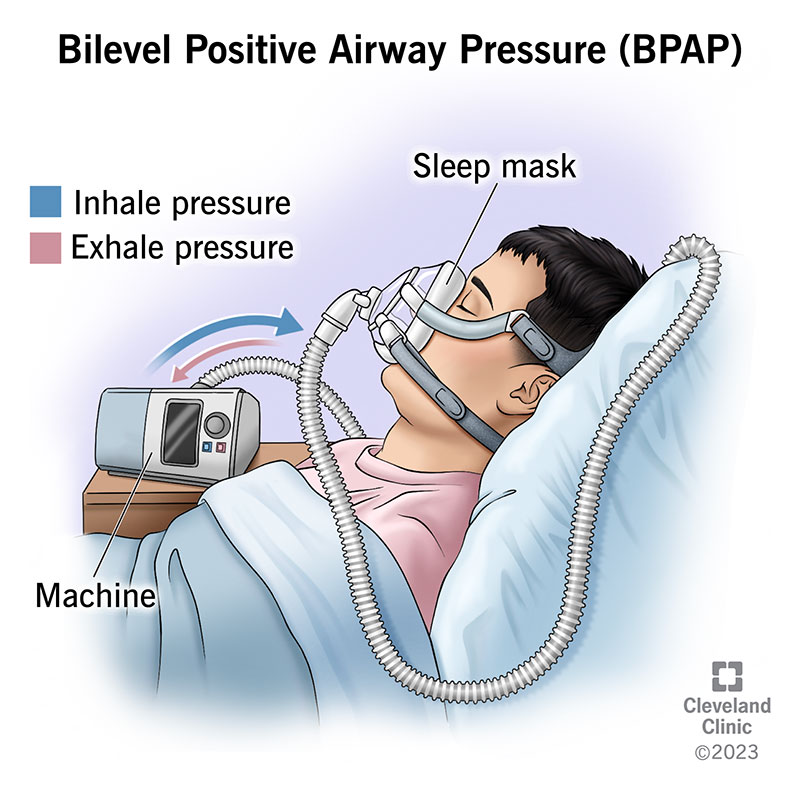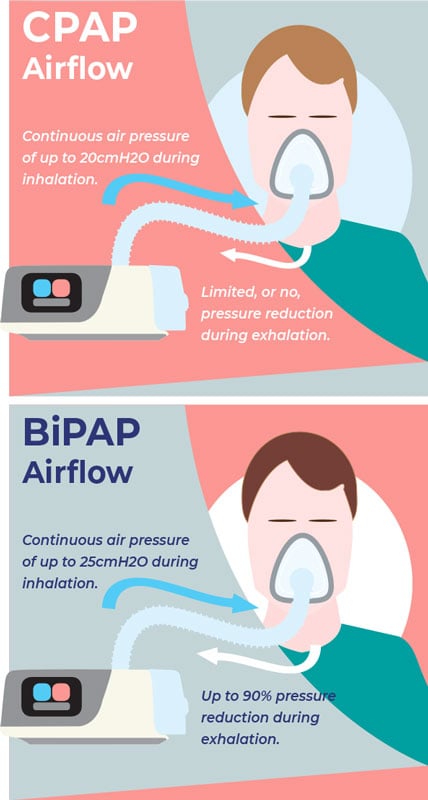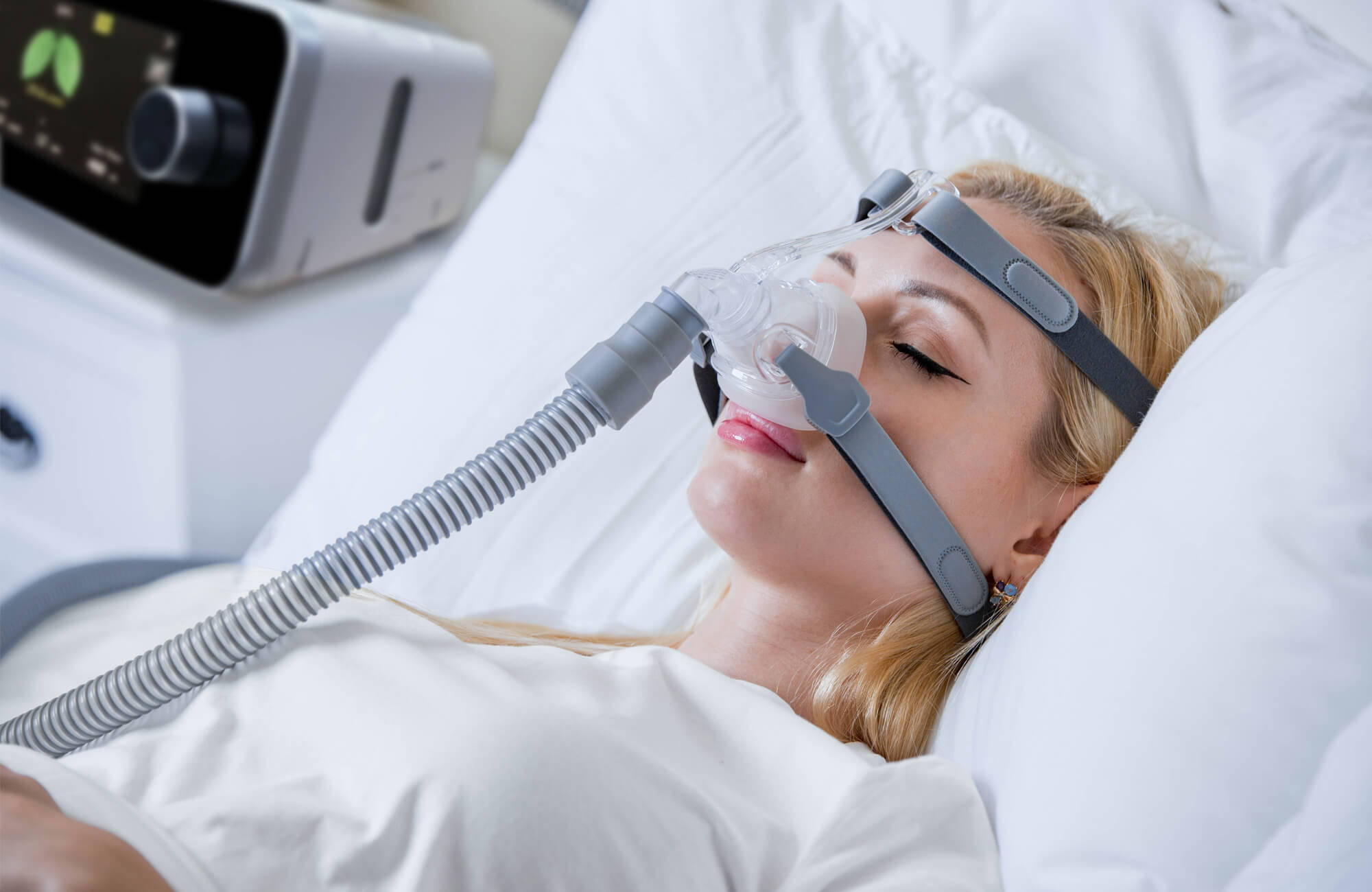Exactly how to Locate the Best BiPAP Rental Providers Online
Exactly how to Locate the Best BiPAP Rental Providers Online
Blog Article
Bipap vs. CPAP: Which Is the Best for Your Sleep Problem?
When browsing the complexities of rest problems, the option between BiPAP and CPAP therapy is an important consideration. While CPAP provides a constant air movement ideal for obstructive sleep apnea, BiPAP's twin stress settings might improve comfort for those with even more complex respiratory issues.
Comprehending Rest Disorders
Rest problems encompass a variety of problems that interrupt regular sleep patterns, impacting both the top quality and duration of rest. These conditions can manifest in numerous kinds, including sleep problems, sleep apnea, narcolepsy, uneasy leg syndrome, and parasomnias. Each problem provides unique challenges, frequently resulting in substantial daytime exhaustion, cognitive disability, and emotional disruptions.
Sleep problems is characterized by difficulty dropping or remaining asleep, while rest apnea includes repeated disturbances in breathing throughout sleep, usually bring about fragmented rest. Narcolepsy, on the various other hand, is noted by extreme daytime drowsiness and sudden rest attacks. Agitated leg disorder creates awkward sensations in the legs, motivating an uncontrollable desire to relocate them, which can also impede the capacity to go to sleep.
The influence of rest conditions extends beyond specific wellness, influencing general productivity, partnerships, and lifestyle. Comprehending the particular nature of each condition is important for effective medical diagnosis and therapy. As rest health becomes increasingly acknowledged as a crucial element of general wellness, dealing with these disorders is important for enhancing both sleep top quality and daily performance.
Exactly How CPAP Functions
Continuous Favorable Airway Pressure (CPAP) therapy is frequently used as a key treatment for obstructive rest apnea (OSA) The device of CPAP entails the usage of an equipment that provides a steady stream of air via a mask put on during sleep. This airflow preserves positive pressure in the airway, avoiding the collapse or blockage of the throat that can happen during rest.
When a patient breathes in, the CPAP device gives a continuous circulation of air, ensuring that the air passage remains open - BiPAP Rental. This not just relieves the symptoms of OSA, such as snoring and interfered with sleep patterns, however additionally decreases the associated wellness dangers, including cardio problems and daytime fatigue
The stress settings on a CPAP maker can be customized to satisfy specific patient needs, often figured out through a rest research. In general, CPAP therapy has been shown to substantially boost the quality of rest and general wellness for people suffering from obstructive sleep apnea.
How BiPAP Works
BiPAP, or Bilevel Positive Air Passage Pressure, is a specialized kind of non-invasive ventilation that is particularly useful for individuals with problems such as complex rest apnea or respiratory conditions. Unlike CPAP, which provides a constant stream of air at a single stress, BiPAP offers two unique pressure settings: a greater inspiratory stress for breathing and a reduced expiratory pressure for exhalation. This dual-pressure method enables less complicated breathing, minimizing the effort required throughout exhalation.
The device runs via a mask fitted over the nose or mouth, linked to a maker that generates air pressure. When the client inhales, the machine delivers the greater pressure to help with airflow, ensuring that the respiratory tract remains open. Upon exhalation, the machine instantly reduces the stress, making it extra comfy for the client to take a breath out.

Trick Distinctions In Between BiPAP and CPAP

On the other hand, BiPAP (Bilevel Positive Respiratory tract Pressure) supplies two various pressure settings: one for breathing and a lower one for exhalation. This twin pressure system allows for more comfy breathing, especially for patients who deal with exhaling versus a constant stress. BiPAP is usually recommended for individuals with intricate sleep apnea, chronic obstructive lung illness (COPD), or those who need extra support throughout rest.
Additionally, the intricacy of BiPAP tools usually causes a greater expense and needs more cautious titration than CPAP. BiPAP Rental. Recognizing these key differences can assist in recognizing which tool may be better for details rest problems, establishing the groundwork for educated therapy choices
Selecting the Right Therapy
The decision in between BiPAP and CPAP treatment largely pivots on the certain characteristics of the sleep disorder, the patient's total health, and their comfort with the device. CPAP, which supplies a constant stream of air, is generally prescribed for obstructive rest apnea (OSA)
Conversely, BiPAP offers two levels of pressure: one for inhalation and a reduced one for exhalation. This dual stress system is valuable for individuals with intricate sleep apnea or those who experience problem breathing out versus a continual stress. Furthermore, BiPAP is often suggested reference for people with respiratory system problems, such as chronic obstructive pulmonary illness (COPD), where varying stress settings can improve convenience and conformity.
Eventually, a detailed examination by a rest specialist, consisting of a rest research, can aid determine which therapy straightens finest with the client's requirements. Variables such as comfort, simplicity of use, and certain clinical conditions need to also be taken into consideration to maximize treatment outcomes.
Conclusion
In summary, both BiPAP and CPAP offer distinctive purposes in the management of sleep disorders. CPAP works for obstructive sleep apnea with consistent air movement, while BiPAP supplies double pressure settings that boost convenience for those with complex sleep apnea or respiratory problems. The choice between these therapies ought to be guided by individual requirements and conditions, necessitating a comprehensive evaluation by a sleep professional to ensure optimal therapy results and enhanced high quality of rest.

On the whole, CPAP therapy has actually been shown to considerably enhance straight from the source the quality of sleep and general wellness for people experiencing from obstructive rest apnea.
BiPAP is usually suggested for people with complicated sleep apnea, persistent obstructive pulmonary condition (COPD), or those that require extra assistance throughout sleep.
CPAP is reliable for obstructive sleep apnea with regular air flow, while BiPAP uses dual pressure setups that enhance convenience for those with complex sleep apnea or respiratory system problems.
Report this page